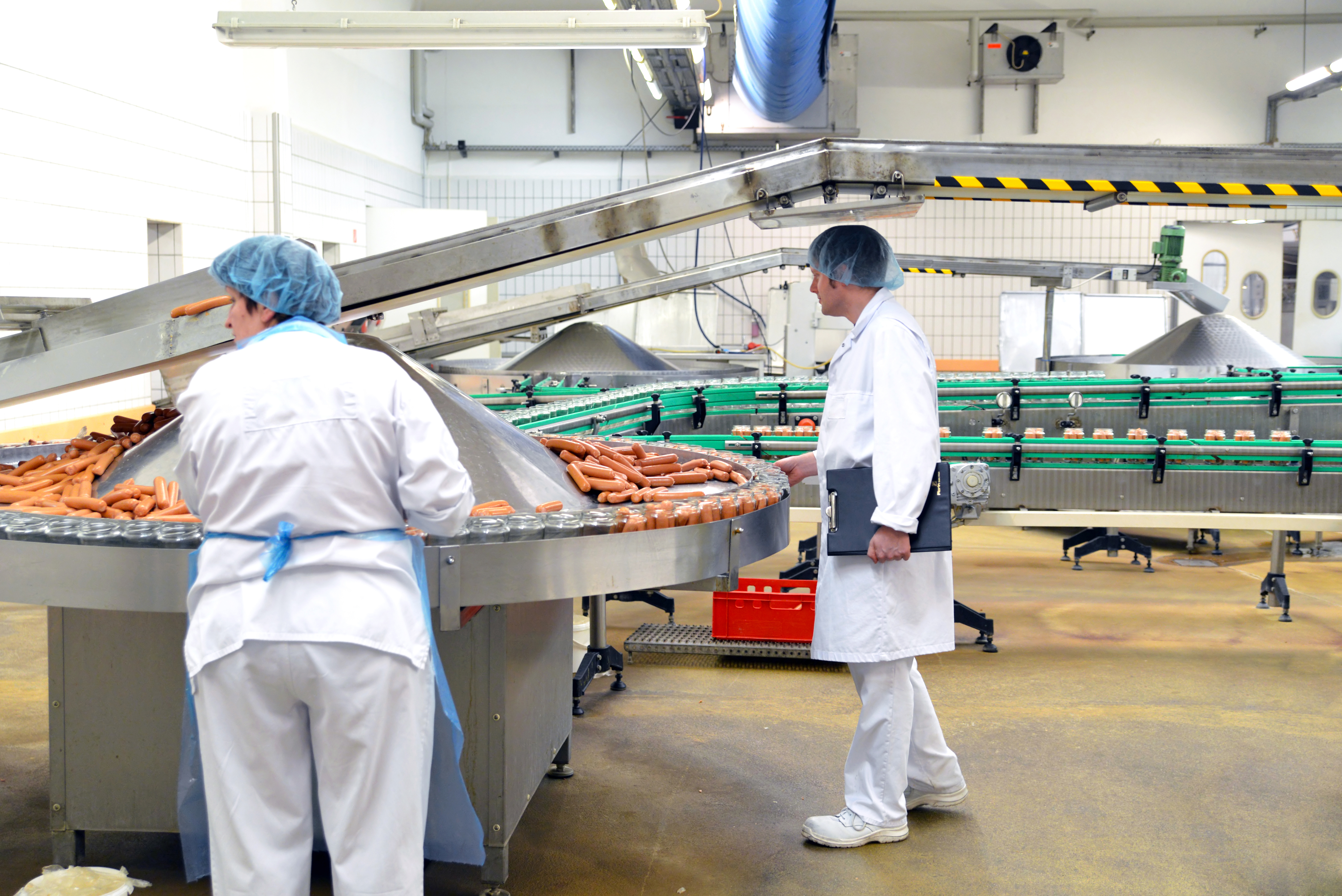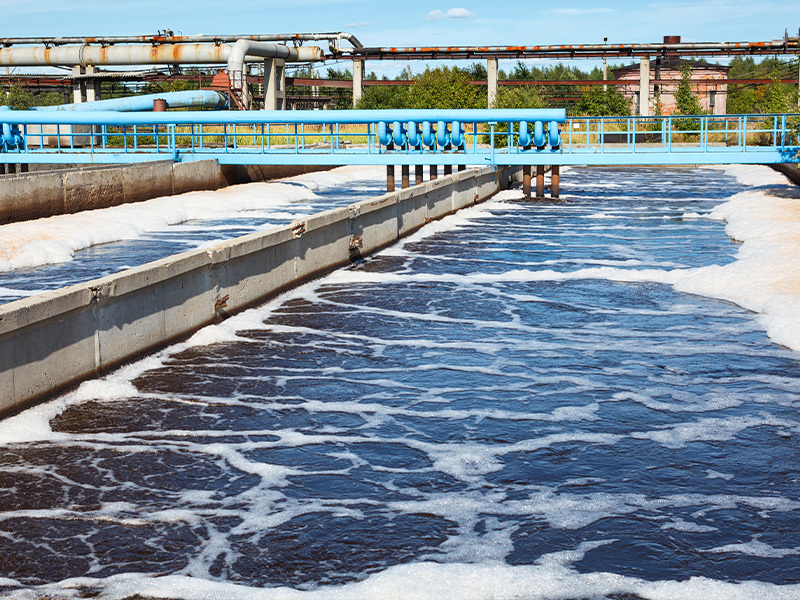A large beef processing facility located in the upper Midwest, operated by a leading global meat producer, implemented Kurita America’s feed-forward, approach using S.sensing CS technology that significantly increased incremental revenue and production capacity.
The client’s state-of-the-art, dissolved air flotation (DAF) system in their flagship beef processing plant could not consistently recover the level of fat, oil and grease (FOG) possible from the wastewater stream. One to two pounds of oil and grease harvested per animal was escaping the plant uncaptured. Unused oil and grease are viewed by the industry as lagoon contaminants. However, at the same time, it’s an opportunity to capture incremental revenue because recovered oil and grease can be sold as inedible tallow for profit.
Prior to working with Kurita America, the client injected coagulant and flocculant into their wastewater stream in hopes of achieving better FOG recovery at the DAF. However, without an effective method to fluctuate chemical injection volume based on variable wastewater flow and loading, or having the ability to accurately inject the exact volume of chemical necessary to recover all of the oil and grease available in the wastewater, their efforts were unsuccessful. They continued to record higher than desirable levels of FOG contaminants and total kjeldahl nitrogen (TKN) in their lagoons, which reduced operating capacity.
Recovering FOG contaminants from wastewater for resale and achieving better lagoon health is a common challenge for most meat processing plants. Therefore, it is critical to find the right partner to provide the most effective solutions to optimize capacity and profitability. In this case, it became clear that without more sophisticated automation and control, capturing more lost product would not be achievable.
Kurita America recommended applying S.sensing CS technology to address the client’s challenges. The state-of-the-art approach included injecting chemistry through an intelligent system that continually records wastewater loading and flow. It also adjusts chemical injection volume instantaneously on the front end of the DAF system based on these changing variables. Kurita America demonstrated that while other water treatment providers use turbidity meters with a propensity to foul, the turbidity probe used in conjunction with S.sensing CS technology does not. As an example, the Kurita team showed plant engineers an S.sensing CS probe completely covered in FOG buildup, however, it was still operating effectively. The plant engineers were interested to see if S.sensing CS technology could recover the additional one to two pounds of oil and grease that they were hoping to.
S.sensing CS automation technology controls fluctuating chemical injection rates based on influent wastewater loading and flow. This is a feed-forward approach to control and does not rely on simple turbidity measurement. While turbidity control can be effective, it does not compare to the precise control of S.sensing CS, where lost product capture gains offset the investment in the system. Coupled with cloud-based technology to allow for easy access to analytics, the S.sensing CS platform allows for fully automated operation with high-value data to support operational and investment decisions.
The Kurita America team determined the exact proportion of coagulant, flocculant, and pH control to achieve the highest recovery of oil and grease possible. Then they programmed the S.sensing CS unit to automatically adjust coagulant and flocculant injection, which allowed the plant to consistently achieve the optimal proportion of chemistry based on data from the S.sensing CS technology.
The Kurita chemical approach included:
- KURIFLOC 2922 used as the primary coagulant
- KURIFLOC 3269 used as the flocculant
- KURIFLOC 2817 used for pH control
 These steps allowed the plant to achieve optimal results, make instantaneous chemical feed changes, waste no chemical, and recover more oil and grease than the client had ever accomplished on a consistent basis. And, when operational upsets occurred or when influent plant water changed dramatically (often seen during a cleaning and sanitization event) the S.sensing CS system automatically adjusted in a way that no manual or turbidity-only based operation can accomplish.
These steps allowed the plant to achieve optimal results, make instantaneous chemical feed changes, waste no chemical, and recover more oil and grease than the client had ever accomplished on a consistent basis. And, when operational upsets occurred or when influent plant water changed dramatically (often seen during a cleaning and sanitization event) the S.sensing CS system automatically adjusted in a way that no manual or turbidity-only based operation can accomplish.
Through this innovative approach, Kurita America was able to increase the client’s lost product recovery by more than 30%, providing two more pounds of marketable oil and grease per animal, which resulted in a cleaner and healthier wastewater lagoon. The results were achieved in both normal operating conditions and upset scenarios. Interestingly, while gains of 1.2 pounds of FOG per head were noticed during normal operations, the gains during upset conditions proved to be most valuable, with 2-3 pounds of FOG per head captured.
As a result, the client increased their revenue in oil and grease sales and improved the overall health of their wastewater operation. Kurita America’s feed-forward approach and S.sensing CS technology for operational savings and increased recovery resulted in an estimated annual gain of $400,000 USD (assuming $0.20/lb. market price for inedible tallow) to our customer.
Kurita America’s extensive meat industry experience, deep knowledge of wastewater systems, and advanced chemical approach allowed the team to optimize the client’s operation, use data to make smart decisions, and view the wastewater operation holistically to minimize treatment costs and maximize revenue generation.

